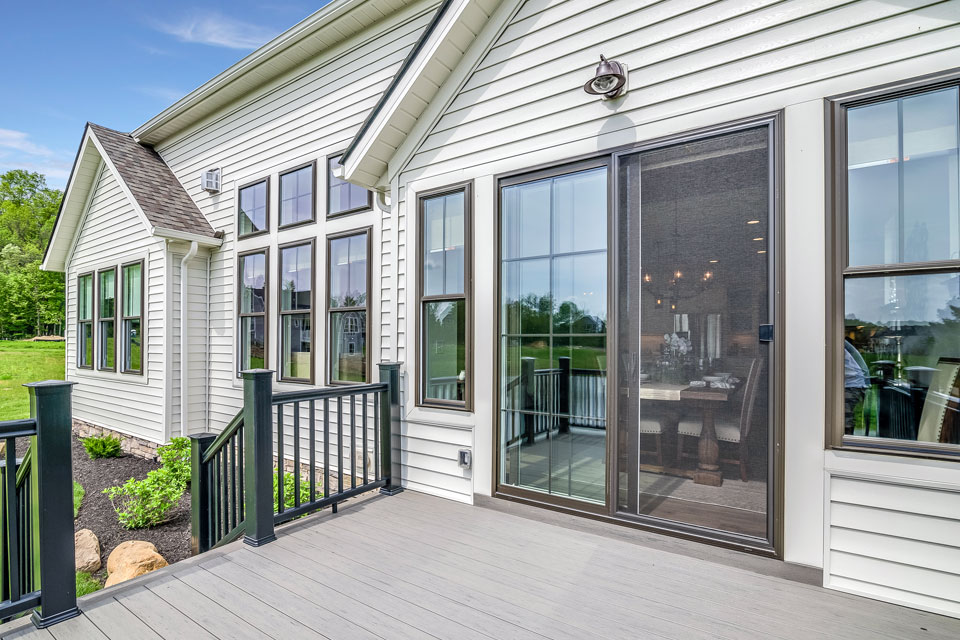A 6-Step DIY Home Energy Audit to Help Save on Utility Bills


A home energy assessment typically includes an inspection of a property’s insulation, appliances, lighting, heating and cooling systems, and windows and doors, as well as other components in the home that affect the amount of energy being consumed. The purpose is to find out how much energy your house is using, identify cost-effective measures that may improve its energy efficiency, and uncover ways you can save money on your energy bills.
This six-step DIY energy assessment will help you develop a checklist of energy-efficiency and cost-saving upgrades to prioritize.
1. Air Leaks. Reducing drafts in your home could result in energy savings of 10% to 20% per year, so make sure to:
2. Insulation. According to the North American Insulation Manufacturers Association (NAIMA), 90% of single-family homes in the U.S. are under-insulated. Take these steps to determine whether yours is one of them, starting on the top floor:
*Please note that DIY insulation checks are not foolproof. For best results, hire a professional to conduct a thermographic inspection.
3. Plumbing. A plumbing update can help prevent burst or frozen pipes. It can also lower your water and electricity bills and help conserve water. Here’s what to put on your checklist:
4. HVAC. Keep your current heating, cooling, and ventilation equipment in good condition by:
5. Lighting. Did you know lighting accounts for around 15% of an average home’s electricity use? Replacing inefficient lightbulbs with energy-saving incandescents, compact fluorescent lamps (CFLs), or light-emitting diodes (LEDs) can make a big difference. In addition, you may be able to reduce your lighting use by installing sensors, dimmers, or timers.
6. Appliances and Electronics. Obviously, when they are on, your appliances and electronics are consuming energy—but how much? There are actually a variety of ways you can estimate energy usage and cost of common items in your home. You can start to reduce this energy usage by unplugging items, like toaster ovens, coffeemakers, and computers, when not in use and investing in new, more energy-efficient appliances and electronics.
While some projects, like upgrading appliances, do require an upfront investment, the sooner you make your home more energy efficient, the more likely you are to reduce your energy usage and the money you’ve been spending on it. It’s also important to keep in mind that energy-efficient technology is constantly evolving, so every year there might be room for additional improvements and upgrades. At The Andover Companies, we are committed to keeping homeowners up to date on trends in home energy efficiency and providing other insights that might help you enhance and protect your valuable property.
Sources:
https://www.energysage.com/energy-efficiency/home-energy-audit/#how-to-diy-your-mini-home-energy-audit
https://www.energystar.gov/products
https://www.energy.gov/energysaver/do-it-yourself-home-energy-assessments
https://www.energy.gov/sites/prod/files/guide_to_home_energy_assessments.pdf
Click on the Find an Agent button to search for independent insurance agencies near you.
Contact the independent insurance agency you would like to work with by phone or email.
Leave it up to your agent to uncover the best coverage solutions for your valuable property.